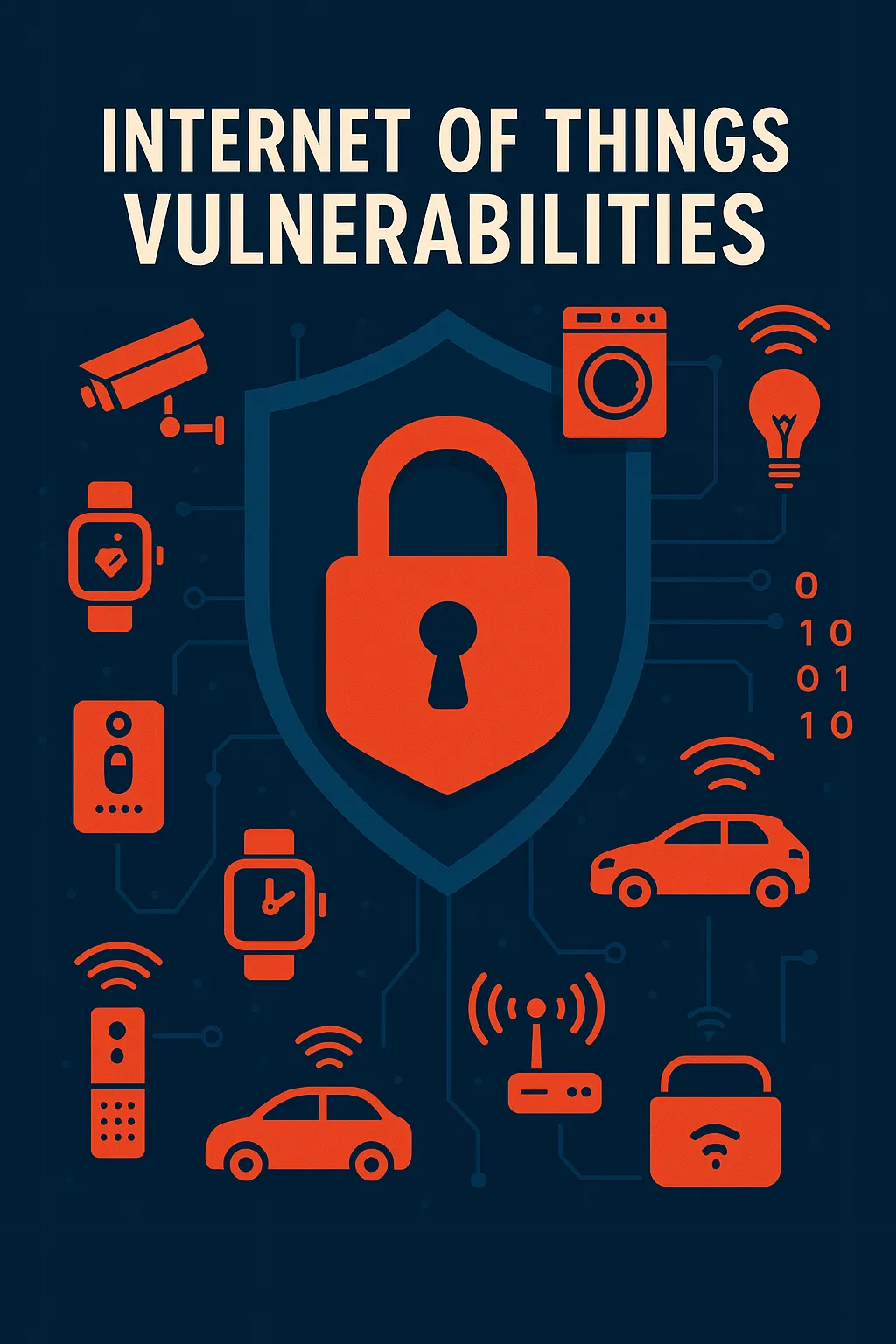The Silent Threat: Hacking Smart Homes
In the shimmering era of smart home technology, the convenience and automation provided by interconnected devices have been paralleled by emerging security risks. From smart refrigerators to voice assistants like Amazon Alexa, every addition to a user’s digital household increases the attack surface for cybercriminals. A remarkable instance noted by researchers at the University of Texas at San Antonio (UTSA) involves a $14 laser pointer being used to disable smart locks from up to 360 feet away.
Understanding Smart Home Vulnerabilities
Smart home devices connect and automate everything from lighting and heating to security, often managed through a central hub or a smartphone app. However, this integration presents unique vulnerabilities. For instance, UTSA’s research illustrates how seemingly innocuous tools like laser pointers can exploit these systems.
Common Points of Attack
The attack vectors range from simple unauthorized access via weak passwords to more sophisticated methods like network breaches and hardware hacks. Devices directly accessible from the internet without adequate security measures can act as gateways for attackers to infiltrate further into a network.
Real-World Incidents and Security Measures
Despite assumptions that smart home hacking is rampant, CNET reports that very few smart home security systems have actually been breached for petty theft (source). This highlights a disparity between perceived and real threats, suggesting a need for balanced security awareness.
Effective Defense Strategies
The foundational step towards securing a smart home environment is implementing strong, unique passwords for each device and routinely updating them. Enabling two-factor authentication (2FA) wherever possible adds an additional layer of security. Moreover, regular firmware updates are crucial as they often contain patches for newly discovered vulnerabilities.
The Role of User Awareness
While manufacturers bear a significant brunt of ensuring device security, end-users play a pivotal role. Awareness and proactive measures can dramatically reduce the risk of intrusion. Analysis suggests that educating consumers on the risks and management of smart home technology could mitigate most low-tech hacking attempts.
Tips for Secure Smart Home Practices
Users are advised to:
- Regularly update device firmware and software.
- Use complex passwords and change them periodically.
- Isolate smart devices on a separate network where feasible.
- Be cautious of unsolicited emails or links that could be phishing attempts.
In concluding, while the sophistication of smart home technologies continues to evolve, so do the techniques employed by cybercriminals. Being informed and cautious can considerably negate these risks, making the marvels of technology safer and more secure for everyday use.

